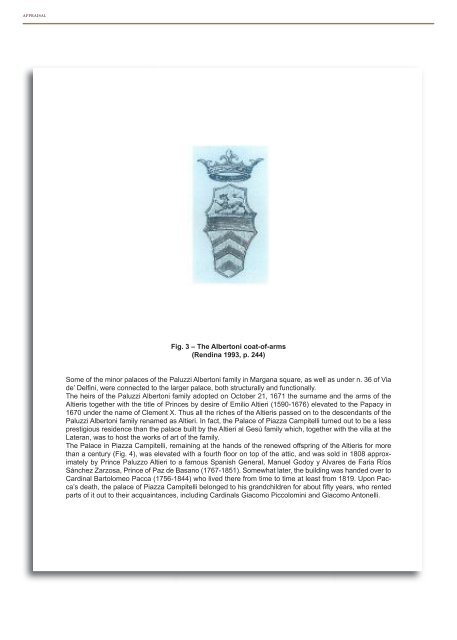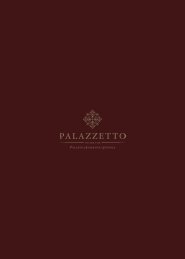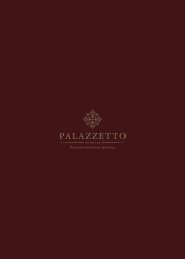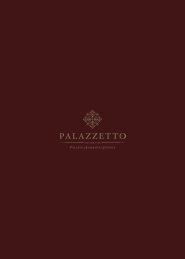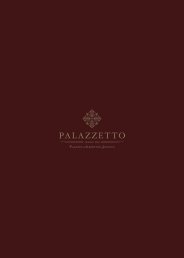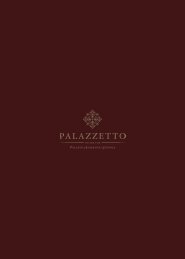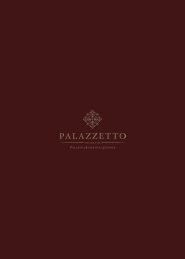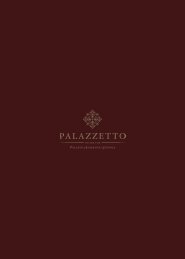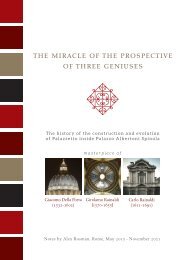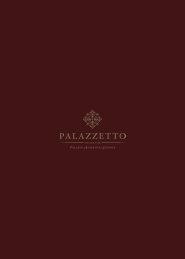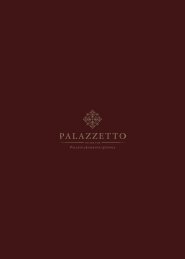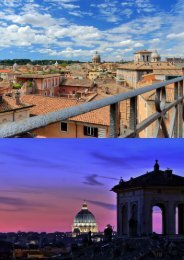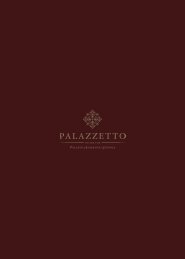Create successful ePaper yourself
Turn your PDF publications into a flip-book with our unique Google optimized e-Paper software.
appraisal<br />
Fig. 3 – The Albertoni coat-of-arms<br />
(Rendina 1993, p. 244)<br />
Some of the minor palaces of the Paluzzi Albertoni family in Margana square, as well as under n. 36 of Via<br />
de’ Delfini, were connected to the larger palace, both structurally and functionally.<br />
The heirs of the Paluzzi Albertoni family adopted on October 21, 1671 the surname and the arms of the<br />
Altieris together with the title of Princes by desire of Emilio Altieri (1590-1676) elevated to the Papacy in<br />
1670 under the name of Clement X. Thus all the riches of the Altieris passed on to the descendants of the<br />
Paluzzi Albertoni family renamed as Altieri. In fact, the Palace of Piazza Campitelli turned out to be a less<br />
prestigious residence than the palace built by the Altieri al Gesù family which, together with the villa at the<br />
Lateran, was to host the works of art of the family.<br />
The Palace in Piazza Campitelli, remaining at the hands of the renewed offspring of the Altieris for more<br />
than a century (Fig. 4), was elevated with a fourth floor on top of the attic, and was sold in 1808 approximately<br />
by Prince Paluzzo Altieri to a famous Spanish General, Manuel Godoy y Alvares de Faria Ríos<br />
Sánchez Zarzosa, Prince of Paz de Basano (1767-1851). Somewhat later, the building was handed over to<br />
Cardinal Bartolomeo Pacca (1756-1844) who lived there from time to time at least from 1819. Upon Pacca’s<br />
death, the palace of Piazza Campitelli belonged to his grandchildren for about fifty years, who rented<br />
parts of it out to their acquaintances, including Cardinals Giacomo Piccolomini and Giacomo Antonelli.


